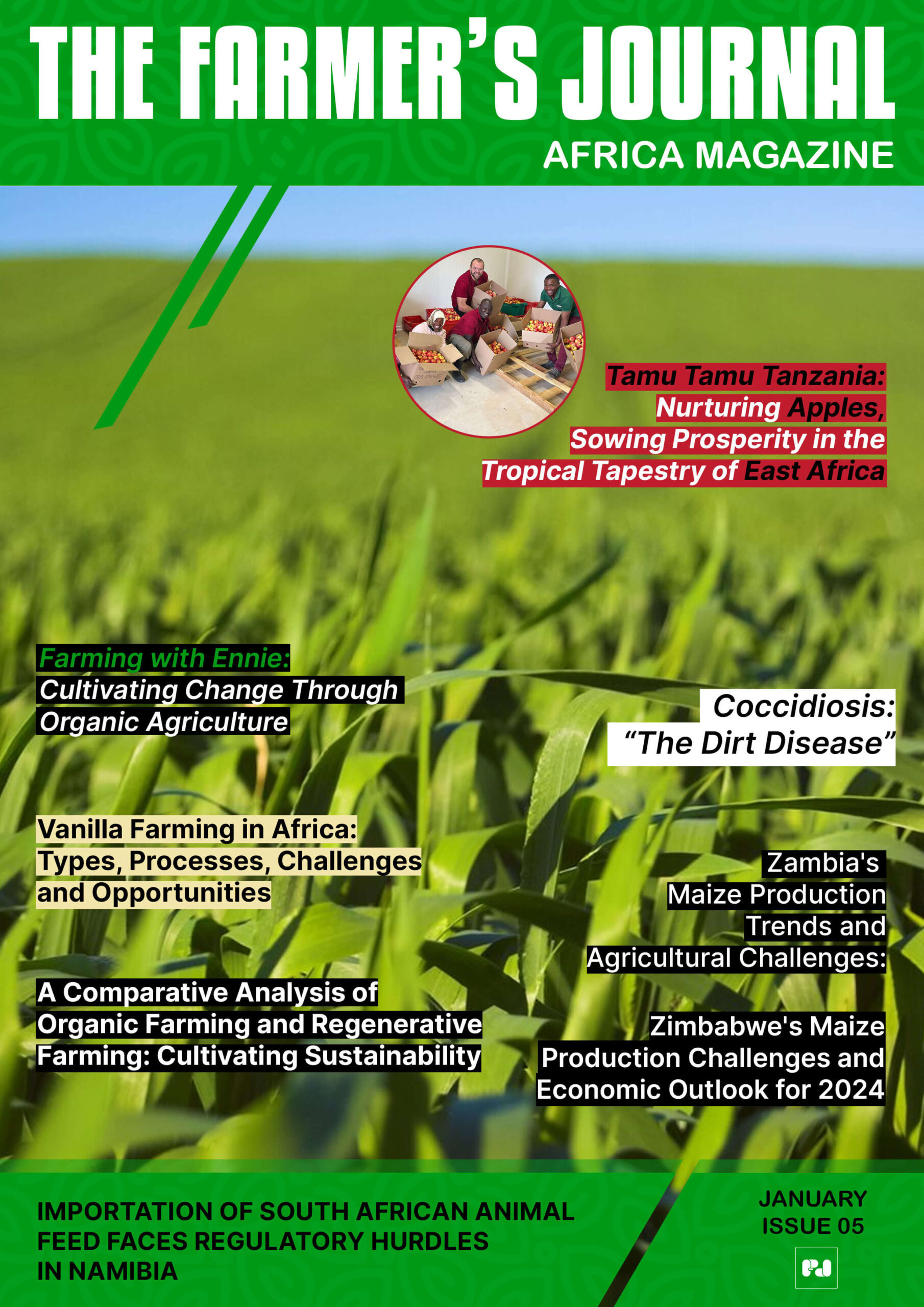
From pasture to progress: Burkina Faso takes bold steps to transform its livestock industry—shifting from live animal exports to value-added meat products. Burkina Faso is turning a new page in its agricultural economy with a game-changing decision: the creation of a national slaughterhouse agency to jumpstart meat exports and modernize its livestock value chain.
On April 8, the government formally approved the establishment of the Faso Abattoir Agency, a public institution tasked with overseeing the coordination, regulation, and modernization of slaughterhouses across the country. The move is part of a larger national strategy to stop exporting live animals and instead develop a meat export economy that retains more value at home.
“This is about efficiency, hygiene, and keeping the economic benefits of our livestock within Burkina Faso,” said Amadou Dicko, the Minister Delegate in charge of Animal Resources. “For too long, we’ve exported wealth on four legs. It’s time to process that wealth here.”
Why Now? The Case for Meat Over Muscle
Burkina Faso is rich in livestock. As of 2022, the country boasted around 35 million animals, including sheep, goats, cattle, and pigs. But despite producing over 30 million tonnes of beef annually, most of it never makes it into formal processing facilities.
The numbers tell a compelling story: in 2023, the country exported 3,746 tonnes of live animals—a massive leap from just 581 tonnes in 2019, representing a staggering 59.3% annual growth in live exports. But with each cow, goat, or sheep sent across the border alive, Burkina Faso loses out on job creation, food safety standards, and higher export revenues that come with processed meat.
The new agency, officials say, will help centralize slaughter activities, implement modern hygiene and environmental standards, and streamline logistics and cold chain infrastructure—all critical elements in transitioning to meat exports.
Building the Backbone: Ziniaré Slaughterhouse Project
At the heart of this transformation is a new modern slaughterhouse in Ziniaré, currently under construction. Ground broke in March 2025, with the facility set to cost US$2.3 million. Once operational, it will serve as both a model and a hub—demonstrating how efficient, hygienic, and export-ready processing can be done on Burkinabe soil.
This is more than a building; it’s the foundation of an entirely new meat processing ecosystem—and a sign of the government’s commitment to long-term change.
The Bigger Picture: From Tradition to Transformation
Burkina Faso’s livestock sector is still largely dominated by traditional methods, where cattle are raised and traded without formalized processing or value addition. Only about 267,000 animals are currently slaughtered in regulated facilities each year—just a small fraction of the national herd.
That’s a missed opportunity, especially when neighboring and international markets are eager for high-quality, traceable meat products. By keeping meat processing in-country, Burkina Faso can boost food safety, create skilled jobs, and generate higher export revenues.
“We’re not just modernizing infrastructure—we’re modernizing mindsets,” said a senior official from the Ministry of Agriculture. “This is a cultural shift, not just a technical one.”
Looking Ahead: Export Ambitions with Local Impact
With the Faso Abattoir Agency in place, Burkina Faso is positioning itself to become a regional player in processed meat exports, especially to West African neighbors and, potentially, the Middle East and North Africa (MENA) region in the long term.
By focusing on value retention, hygienic processing, and logistics efficiency, the country hopes to move up the agricultural value chain—turning raw resources into refined, revenue-generating products.
Key Takeaways:
- Faso Abattoir Agency created to oversee slaughterhouse operations nationwide.
- Aims to shift from live animal exports to processed meat exports.
- Ziniaré slaughterhouse under construction at a cost of US$2.3 million.
- Burkina Faso exported 3,746 tonnes of live animals in 2023, up 59.3% annually since 2019.
- Of 35 million livestock, only 267,000 animals are slaughtered in formal facilities.
Why It Matters
This isn’t just about meat—it’s about economic transformation, rural development, and strategic independence. By keeping the processing, packaging, and profit at home, Burkina Faso is taking control of its livestock destiny.
And in doing so, it’s sending a message: we are no longer just suppliers of raw goods—we are builders of value.
Stay updated with the latest farming tips and agriculture industry news from Africa by subscribing to our newsletter. Don’t miss out on valuable insights and updates. Follow us on Twitter, LinkedIn, and Facebook to join our farming community and stay connected with us.


















